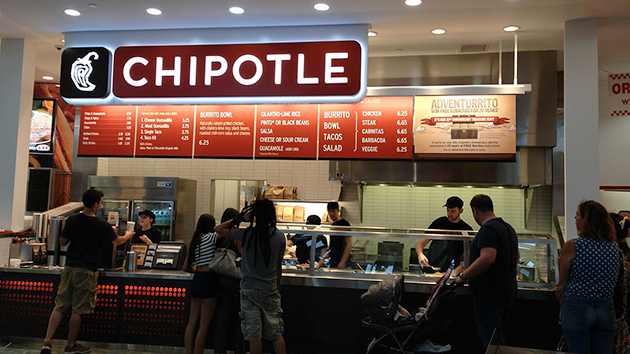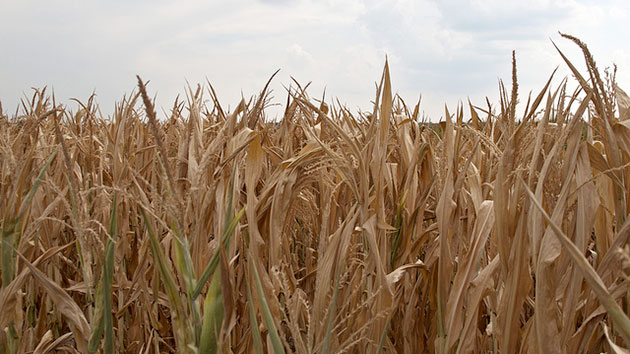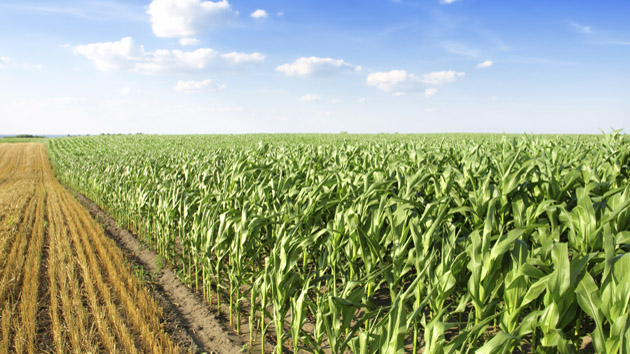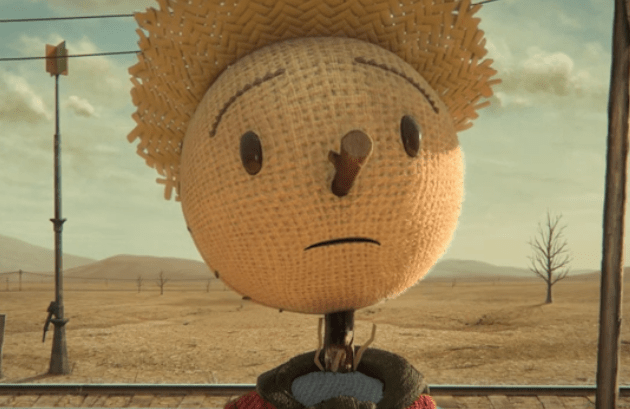
<a href="http://commons.wikimedia.org/wiki/File:Chipotle_Brandon.jpeg">User:proshob</a>/Wikimedia Commons
Chipotle announced this week that it will stop serving food made with genetically modified organisms. The company wants you to think the decision is “another step toward the visions we have of changing the way people think about and eat fast food,” apparently because GMOs are regarded with at best suspicion and at worst total revulsion by lots of Americans.
There’s data to support that notion: A Pew poll released earlier this year found that less than 40 percent of Americans think GMOs are safe to eat.
Here’s the thing, though: GMOs are totally safe to eat. Eighty-eight percent of the scientists in that same poll agreed. As longtime environmentalist Mark Lynas pointed out in the New York Times recently, the level of scientific consensus on the safety of GMOs is comparable to the scientific consensus on climate change, which is to say that the disagreement camp is a rapidly diminishing minority. Lynas also made the equally valid point that so-called “improved” seeds have a pretty remarkable track record in improving crop yields in developing countries, which translates to a direct win for local economies and food security. (Although there is evidence that widespread GMO use can lead to an increased reliance on pesticides.)
But there’s an even more important reason why Chipotle’s announcement is little more than self-congratulatory PR, even if you think that GMOs are the devil. As former MoJo-er Sarah Zhang pointed out at Gizmodo:
For the past couple of years, Chipotle has been getting its suppliers to get rid of GM corn and soybean. Today’s “GMO-free” announcement comes as Chipotle has switched over to non-GMO corn and soybean oil, but it still serves chicken and pork from animals raised on GMO feed. (Its beef comes from pasture-fed cows.) A good chunk of the GM corn and soybeans grown in America actually goes to feed livestock, so a truly principled stance against GMOs should cut out meat from GM-fed animals, too.
The same caveat applies to soda, which is also made mostly from corn.
















